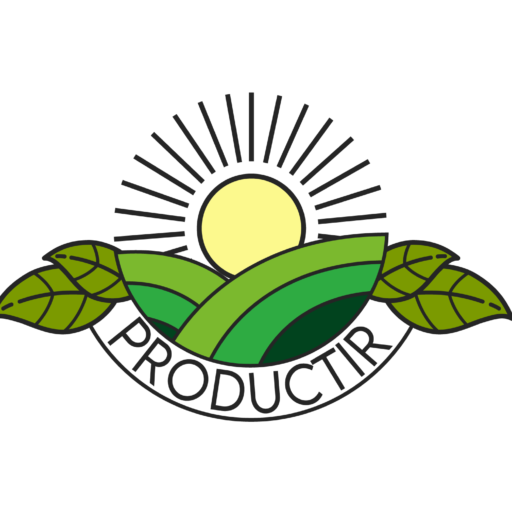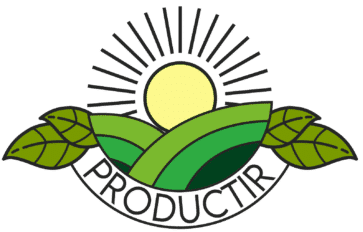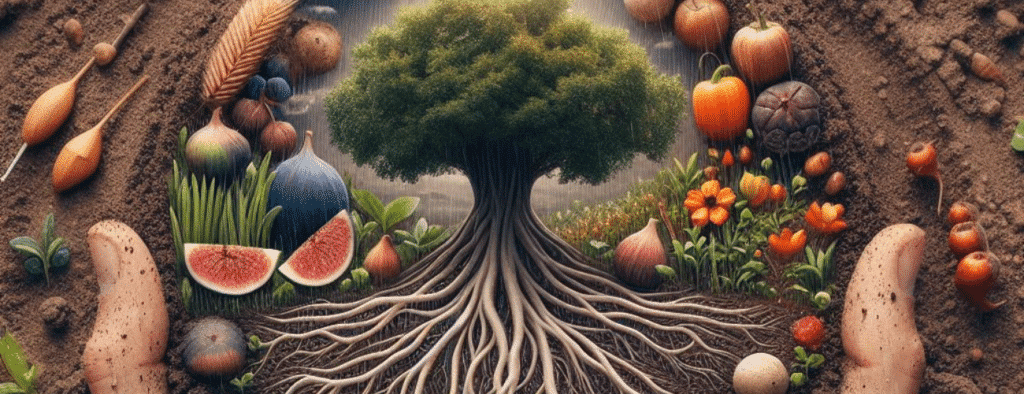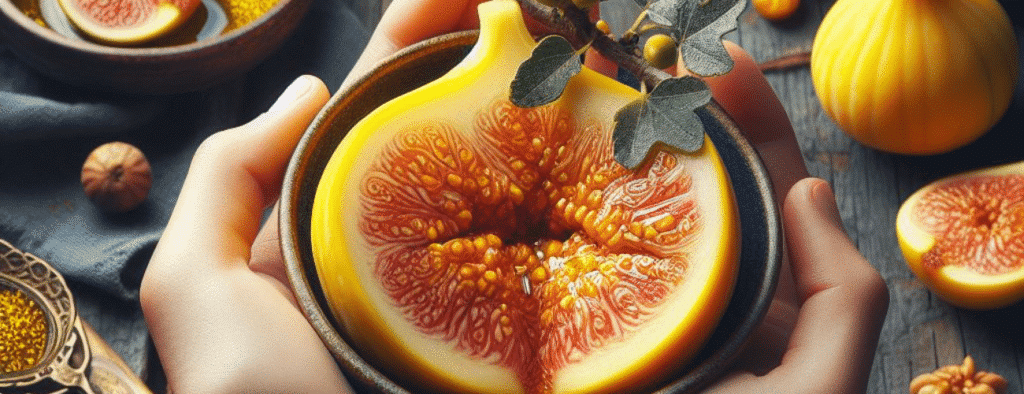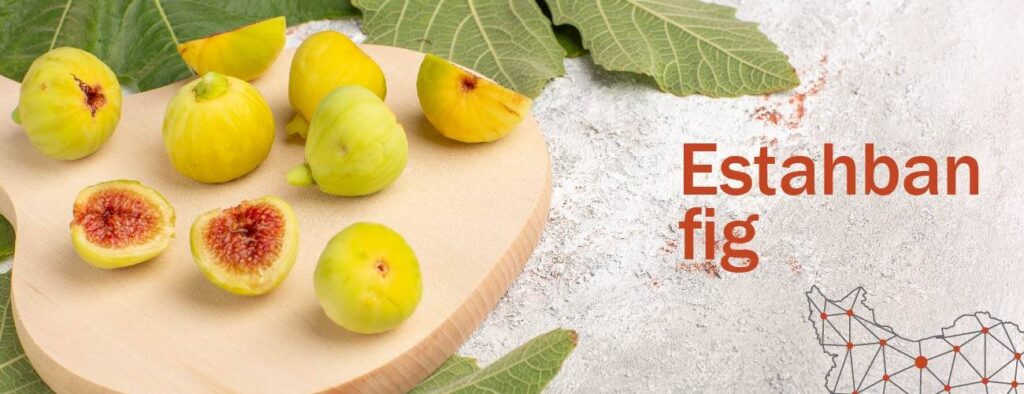Increasing fig production by following technical points
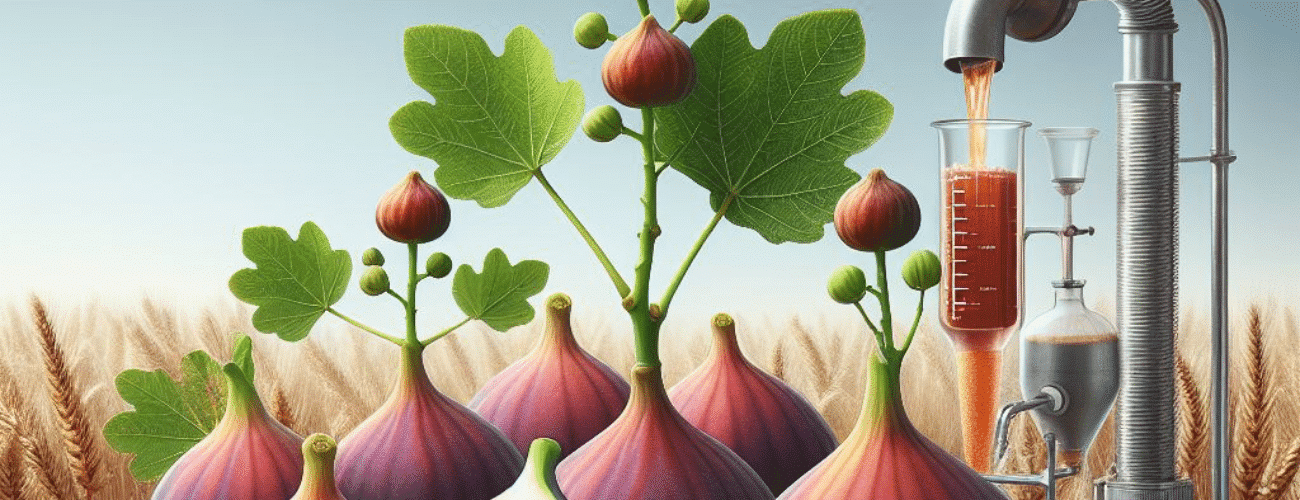
Introduction:
Figs are one of the most popular and productive fruits that can be increased by observing technical points. In this article, we mention some methods of increasing fig production.
Suitable weather conditions:

Figs need a warm and dry climate. The optimal temperature for the growth of this tree is between 25 and 35 degrees Celsius. Figs are not resistant to cold and are damaged at temperatures below 10 degrees Celsius.
Figs also need high relative humidity. The optimum relative humidity for the growth of this tree is between 60 and 70%.
Suitable soil type:

Figs need well-drained and fertile soils. Sandy clay, loamy clay and sandy loam soils are suitable for fig cultivation.
Figs need alkaline to slightly acidic soils (pH between 6 and 8).
High yielding figures:
Figs have different cultivars that differ in terms of fruit production. High-yielding fig cultivars produce more fruits and therefore, can be a good option for increasing fig production. Some of the high-yielding varieties of figs are:
- black fig
- White figs
- Shahroudi figs
- Kashani figs
Proper fertilization:
Figs need proper nutrition in order to produce more fruits. Regular fertilization of fig trees can help increase their production. Fig trees are usually fertilized twice a year. The first fertilization is done at the beginning of the growing season and the second fertilization is done at the beginning of the flowering season.
had and correct perception:
Proper and timely harvesting of figs can also help to increase its production. Figs must be harvested at the right time to avoid fruit drop. Figs are usually harvested in two stages. The first stage of harvesting is the harvesting of green figs, which are used to prepare dried figs. The second stage of harvesting is the harvesting of ripe figs, which are used for fresh consumption or making jam and pickles.
Management of pests and diseases:

Pests and diseases can damage fig trees and reduce their production. Therefore, managing pests and diseases using appropriate methods can help increase fig production. Some methods of managing fig tree pests and diseases are:
- Use of cultivars resistant to pests and diseases
- Observance of garden hygiene
- Use of appropriate poisons and pesticides
By following the above points, fig production can be increased significantly.
Conclusion:
It is possible to increase fig production by observing technical points. According to the climatic conditions of the region, the selection of high yielding cultivars, regular fertilization, proper harvesting and management of pests and diseases, fig production can be increased significantly.
